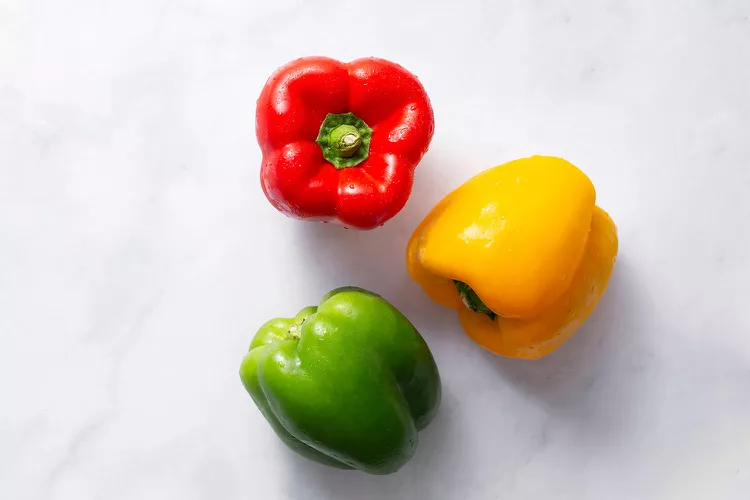- No. 268 Xianghe Street, Economic Development Zone of Xingtai city, Hebei 054001 China
- Byron@hbhongri.cn
Cayenne Pepper and Paprika A Flavorful Comparison of Spices and Their Uses
The Spicy World of Cayenne Pepper and Paprika
Cayenne pepper and paprika may be often found in the same spice cabinet, yet they carry distinct profiles and histories that are worth exploring. Both spices, derived from the vibrant Capsicum pepper plant, are staples in cuisines around the world, lending their unique flavors, colors, and health benefits to a variety of dishes.
Cayenne pepper, known for its fiery heat, is made from the vibrant, red peppers of the Capsicum annuum species. It is measured on the Scoville scale, which quantifies its spiciness. Typically ranging from 30,000 to 50,000 Scoville heat units, cayenne is a favorite among those who enjoy adding a bold kick to their meals. Its sharp, zesty flavor is often incorporated into spicy dishes like curries, hot sauces, and marinades, as well as sprinkled on pizza and pasta to elevate the dish.
The Spicy World of Cayenne Pepper and Paprika
Paprika, on the other hand, is generally milder and sweeter, ranging from 0 to about 1,500 Scoville heat units, largely depending on its variety. It is derived from ground, dried Capsicum annuum peppers as well, but often sweeter and less pungent varieties are used. Paprika's vibrant red hue can instantly transform the visual appeal of a dish, making it a favorite for garnishing and flavoring. Hungarian and Spanish cuisines prominently feature paprika, used in classic dishes such as goulash and paella, respectively.
cayenne pepper paprika

Unlike cayenne, paprika is characterized by its range of flavors, which can vary from sweet and smoky to hot and spicy. Sweet paprika is often used in seasoning blends and as a garnish for deviled eggs, potato salads, and more, imparting a gentle flavor and beautiful color. Smoked paprika, or pimentón, is made from peppers that have been smoked over an oak fire, offering a rich, complex depth that enhances barbecue sauces and stews.
Both cayenne pepper and paprika are not just culinary delights; they also bring a host of health benefits. Cayenne pepper contains a compound known as capsaicin, which has been shown to aid in pain relief, boost metabolism, and promote healthy digestion. It may also contribute to heart health by improving circulation and lowering blood pressure. Regular consumption of cayenne pepper has been linked to increased energy expenditure and appetite suppression, making it a popular choice for those looking to manage their weight.
Similarly, paprika is packed with several health-promoting properties. It is a rich source of antioxidants, particularly carotenoids, which help combat oxidative stress in the body. Paprika also contains vitamins A and E, both of which are essential for maintaining healthy skin, vision, and immune function. Moreover, it possesses anti-inflammatory properties that may help reduce the risk of chronic diseases.
In the kitchen, turning to cayenne pepper and paprika can open doors to an exciting world of flavor and culinary creativity. Whether you are aiming for a stronger kick with cayenne or a subtler complexity with paprika, these spices can enhance the sensory experience of your meals. They can be used in marinades, sauces, soups, and stews or simply sprinkled atop dishes for finishing touches.
In conclusion, while cayenne pepper and paprika may share a common origin, their unique characteristics and applications set them apart in the spice world. Experience the universality of these spices by experimenting with them in various dishes, and discover how they can elevate your culinary creations. With a pinch of cayenne or a sprinkle of paprika, you can awaken your taste buds and embrace the vibrant flavors that these spices bring to the table.
-
Turmeric Rhizome Powder: A Golden Treasure from Roots to TableNewsJul.28,2025
-
The Versatile Application Of Crushed Red Hot Peppers: Lighting Up The Red Flames On The Dining TableNewsJul.28,2025
-
The Paprika: A Touch Of Vibrant Red In Color, Flavor, And CultureNewsJul.28,2025
-
Ground Turmeric: A Modern Examination of an Ancient SpiceNewsJul.28,2025
-
Capsicum Liquid Extract: Features, Applications, and ChallengesNewsJul.28,2025
-
Application of Capsicum Liquid Extract in FoodNewsJul.28,2025







